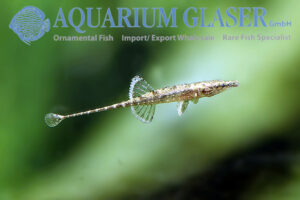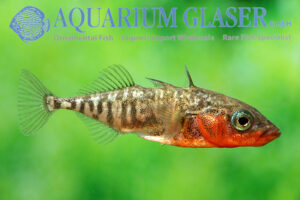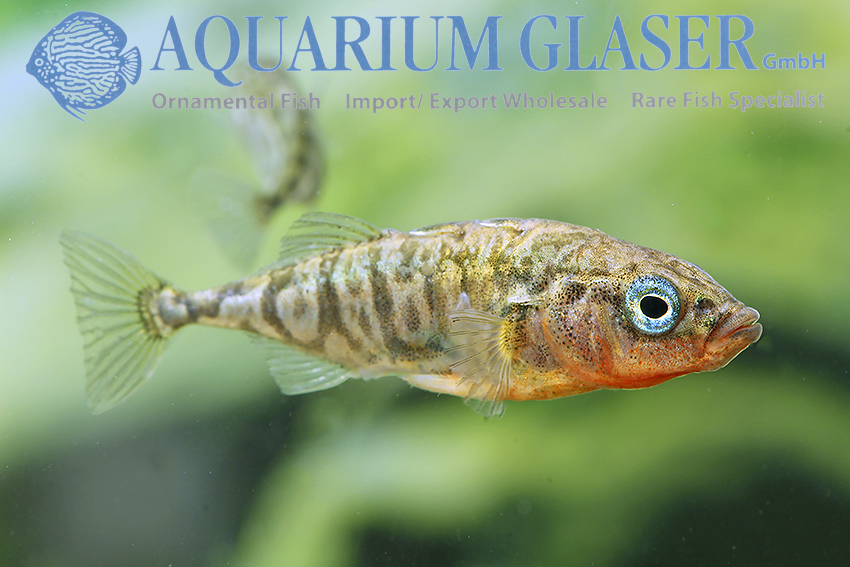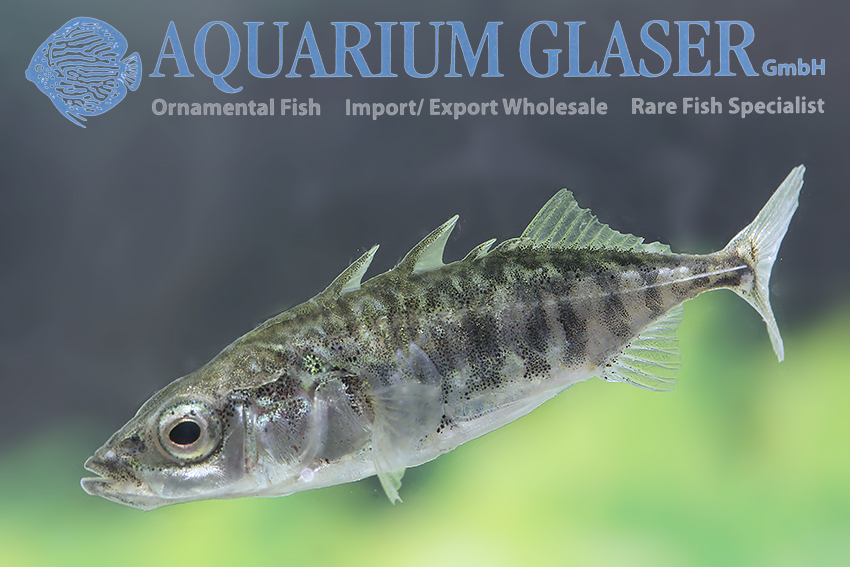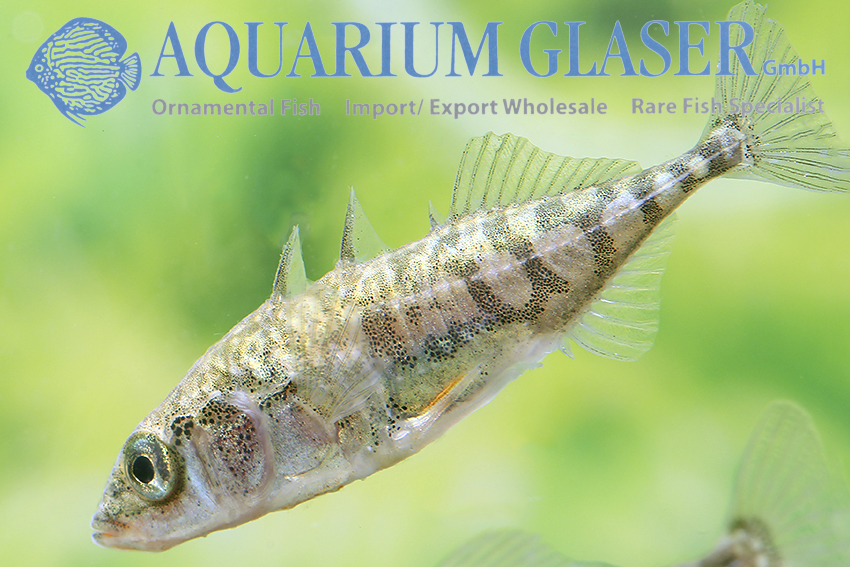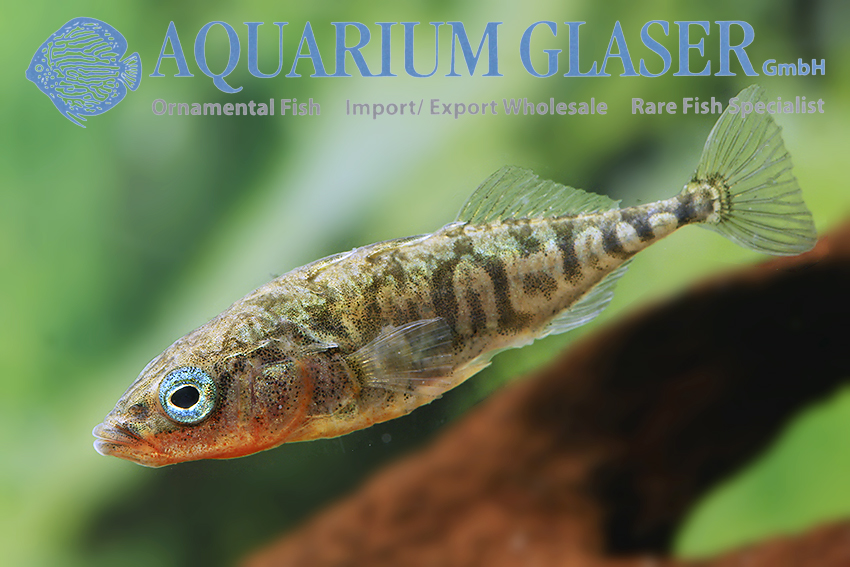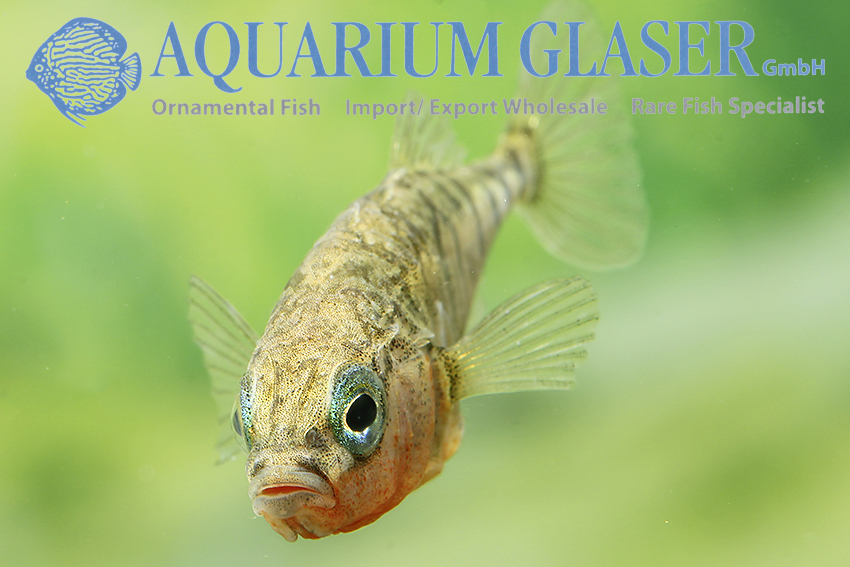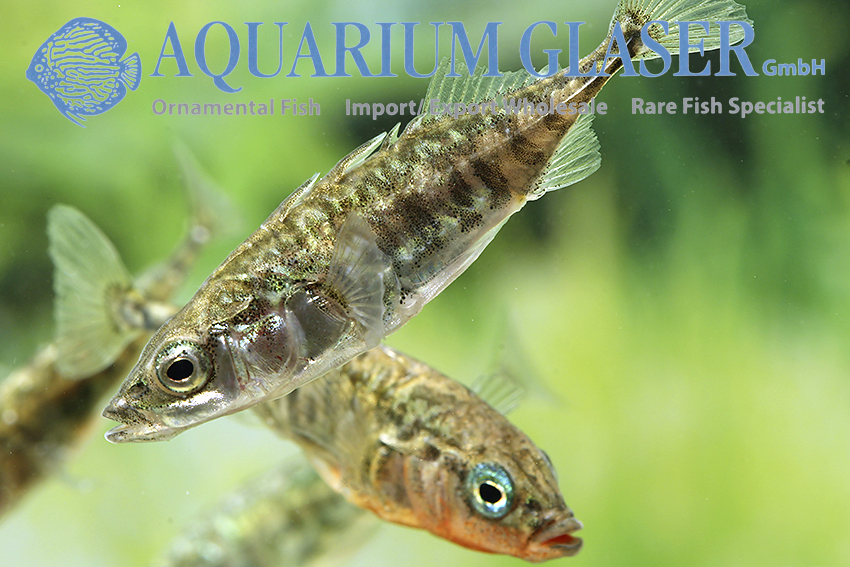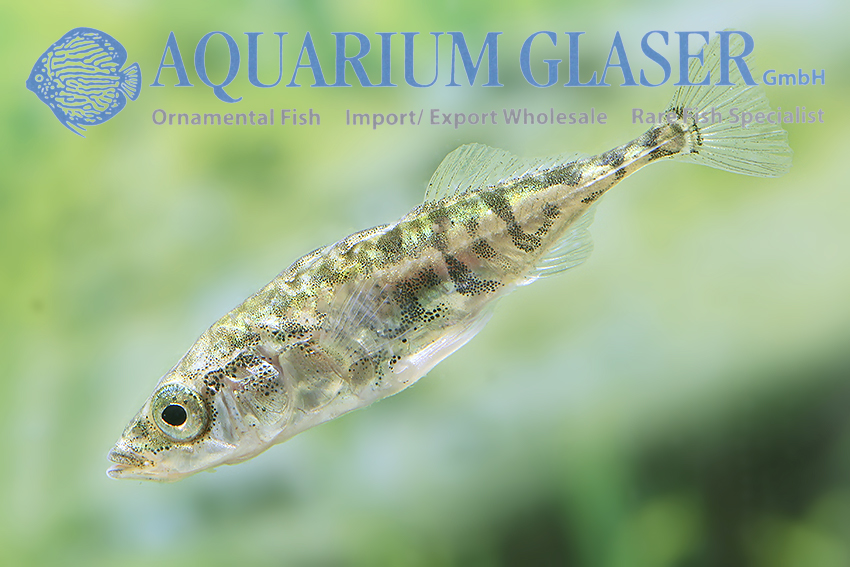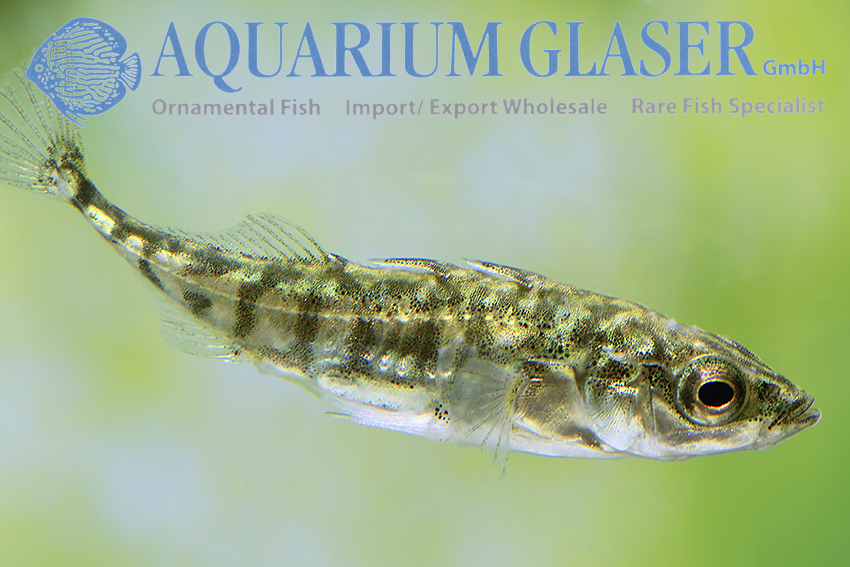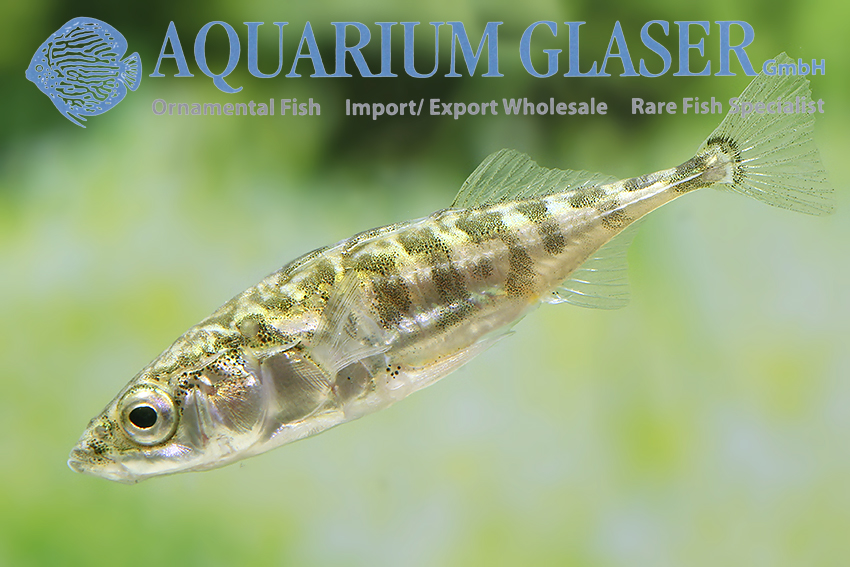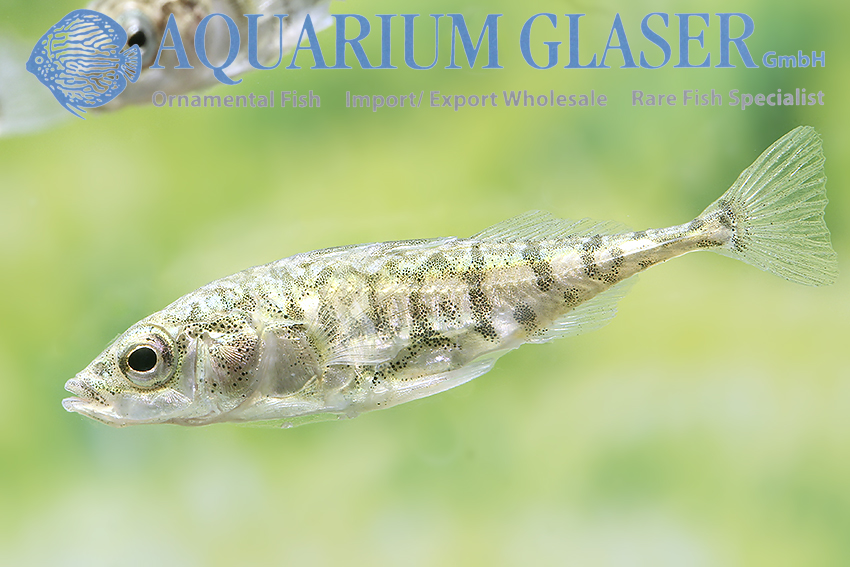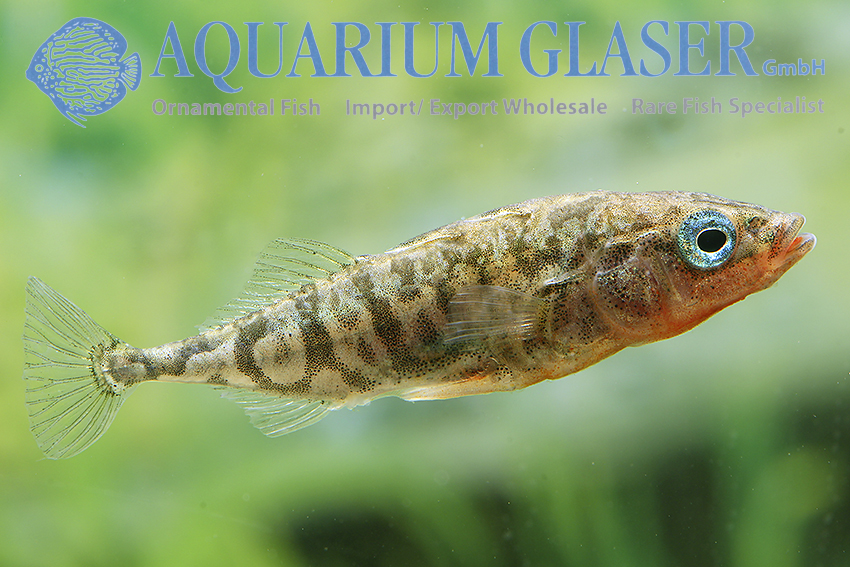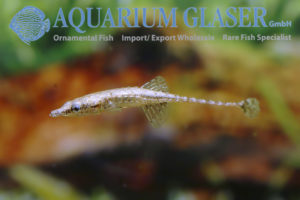According to current knowledge, the genus Indostomus comprises three species: I. paradoxus from Burma (see: https://www.aquariumglaser.de/en/20-sticklebacks/indostomus-paradoxus-4/) with largely colorless fins, I. crocodilus from southern Thailand and I. spinosus from the Mekong catchment in Thailand, Laos and Cambodia. The latter two species have distinct bands in the fins, especially in the dorsal fin. While I. crocodilus […]
20. Sticklebacks (4)
-
-
Gasterosteus aculeatus
The three-spined stickleback (Gasterosteus aculeatus) is one of the species native to Europe that everyone should know and every aquarist should have kept at least once. Entire books could be written about this incredibly adaptable fish – and many have been. Nevertheless, it is still poorly understood from a purely scientific point of view. The […]
-
Indostomus paradoxus
The Burmese Dwarf Stickleback or Paradox Fish, Indostomus paradoxus is a tiny species, it becomes only 2-3 cm long and originates from the northern parts of Burma. The charming creature should be kept in single species tanks, so called nano-tanks fit perfectly. Indostomus are very peaceful against conspecifics, but they are too weak to compete […]
Gasterosteus aculeatus – Three-spined stickleback
The Three-spined Stickleback (Gasterosteus aculeatus) is the most interesting and beautiful native aquarium fish. Its behavior has been intensively studied scientifically and the courtship, nesting and mating behavior of the species are still an integral part of school lessons today. The stickleback is a model organism for instinct research.
Systematically-scientifically, the three-spined stickleback remains poorly understood. Over the centuries, 47 species of threespine stickleback have been described, but only a few of them are valid, the vast majority are seen as synonyms. In terms of behavior, a distinction is made between a stationary freshwater form and a migratory form that spends large portions of the year in the sea and returns to freshwater only to breed; in addition, there are apparently purely marine populations. Anatomically, there have been repeated attempts to use the number of lateral body plates as an identifier for species. For example, Gasterosteus gymnurus was for a long time considered a valid species lacking these plates on the caudal peduncle. However, recent DNA-based studies could not find any differences between G. gymnurus and G. aculeatus.
Three-spined sticklebacks live in practically all of Europe, large parts of northern Asia and North America. Our animals come from German fish farms. Unfortunately, nowadays most students and adults know these animals only from movies and books. Now is a good time to buy these fish for your home aquarium and watch this fantastic animal live.
For our customers: Three-spined sticklebacks have code 884005 on our stock list. Please note that we only supply wholesale.
Text & photos: Frank Schäfer





